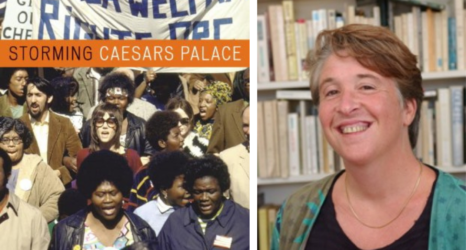Despite headlines that label all harassment in schools as bullying, there is a difference between sexual harassment and bullying. And it’s an important one.
When schools, the media and the public mislabel sexual harassment as bullying, they negate the role that sex and gender play in the abusive behavior. Bullying is not based on a student’s sex; sexual harassment is. Students are bullied because they may be annoying to a classmate, wear their hair differently, don’t wear the “right” brand of shoes or come from the wrong side of town. Their victimization is not based on their sex (or other protected classes such as race, religion or disability). Most significantly, bullying is not a violation of federal and state civil rights laws–but sexual harassment is.
Popular use of the term bullying to encompass sexual harassment creates confusion over the behavior, the potential consequences and which policy schools should use when responding to complaints. The U.S. Department of Education’s Office for Civil Rights (OCR) has been very clear that schools must conduct an investigation to determine whether behavior is bullying or harassment, yet many schools fail to do so or their investigator is not competent in such investigations.
As a consultant and expert witness dealing with sexual harassment in the schools, I have noted that many schools are embracing the bullying framework to the exclusion of sexual harassment. Some school district administrators are even unaware of Title IX! As a result, the districts have not identified a Title IX coordinator —as required by OCR—and fail to conduct sexual harassment training for students, faculty, staff or administrators. Without being trained, people remain unaware of their rights and responsibilities. Using the term “bullying” when a student is sexually harassed decreases safety for girls (in particular) and LGBT students, degenders the misconduct and diminishes the likelihood that students’ civil rights will be protected. As a result, school officials fail in their responsibility to create a safe and equitable school environment based on Title IX requirements.
To learn more about this, I recommend my own book—Sexual Harassment and Bullying: A Guide to Keeping Kids Safe and Holding Schools Accountable—which discusses the similarities and important differences between sexual harassment and bullying. It also offers firsthand accounts from victims and others involved in combating the activities that victimize students. The book clearly identifies the steps to take to hold schools accountable when a student has been harassed or bullied, even when the school is not stopping the behavior. It provides parents, youth advocates, scout leaders and other concerned adults with practical steps to partner with schools to prevent and intervene against harassment to help keep kids safe.
Photo by flickr user Jasen Miller under Creative Commons 2.0
Part of the #HERvotes blog carnival.





